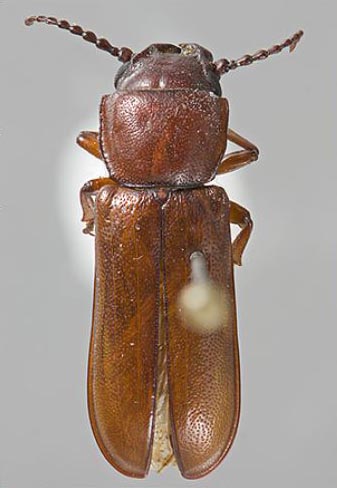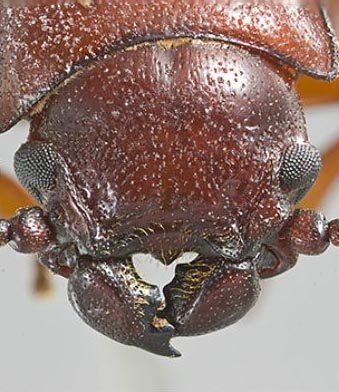|
Parandrini Classification
Selected References to Larvae Specimens |
 Acutandra araucana (Bosq, 1951); dorsal ♂ specimen Cerambycidae:Parandrinae:Parandrini Photograph © N.P. Lord  Acutandra araucana
(Bosq, 1951); head ♂ specimen Cerambycidae:Parandrinae:Parandrini Photograph © N.P. Lord  Acutandra araucana
(Bosq, 1951); lateral ♂ specimen Cerambycidae:Parandrinae:Parandrini Photograph © N.P. Lord All Parandrini exemplar species images |

